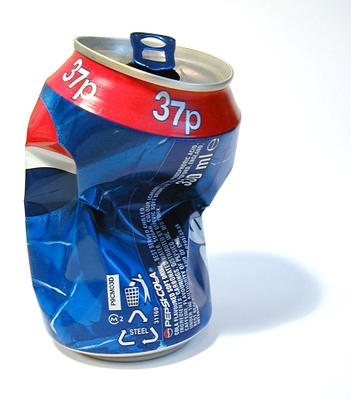Hello! Come and listen to the I Wonder radio station and this week's interesting topic...New Jersey Deciduous Forests! On this recording located at, http://www.podomatic.com/profile, we discuss the importance of forests and what will happen if we don't save them. One major forest in New Jersey is Stokes State Forest in northern New Jersey, covering approximately 15, 482 acres of land! However, deciduous forests are located all around the world including Europe, eastern North America, China and Japan! So come and listen to our podcast!
Citations:
The Brown Reference Group plc. Ecology, Danbury: Grolier, 2004. Print.
Fink Martin, Patricia A. Woods and Forests. Danbury: Grolier, 2000. Print.
Fiset, Nathalie. "The Positive and Negative Consequences of Deforestation." EzineArticles.com. 29 Nov. 2010.
Jasch, Mary. "Stokes State Forest" New Jersey's Great Northwest Skylands, Jan. 2010. Web. 27 Nov. 2010. .
Manta. "16 Logging Companies in New Jersey." Manta Find Companies Connect with Customers. Manta. Web. 29 Nov. 2010. .
Sayre, April. Temperate Deciduous Forest. Brookfield: Twenty-First Century Books A Division of The Millbrook Press Inc., 1994. Print.










